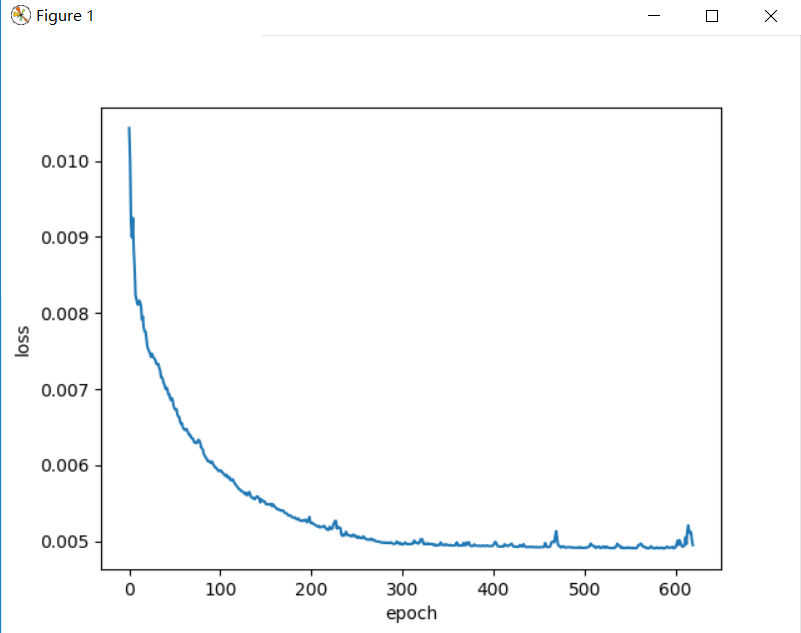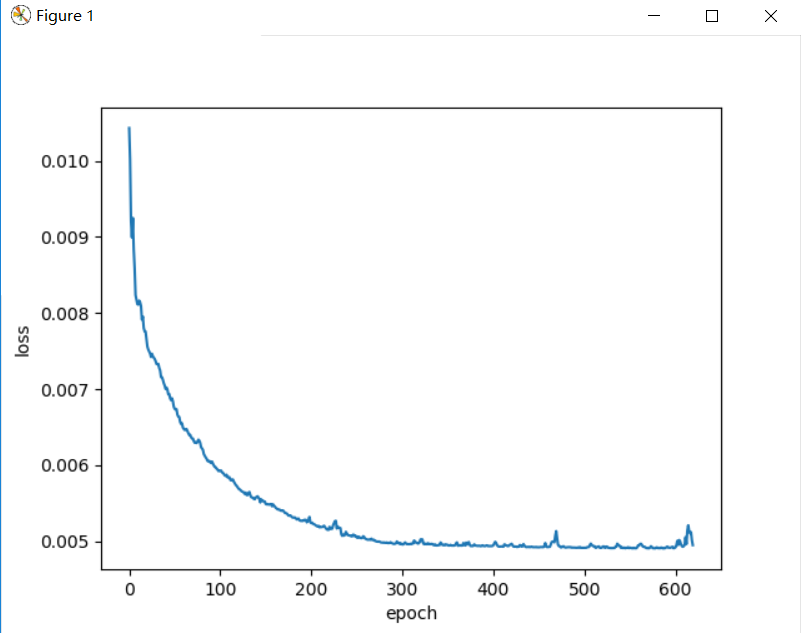使用Minibatch的方式进行梯度下降
作业要求
作业正文
1、pathon实现Minibatch方式的梯度下降
代码
import numpy as np
import matplotlib.pyplot as plt
from pathlib import Path
x_data_name = "TemperatureControlXData.dat"
y_data_name = "TemperatureControlYData.dat"
class CData(object):
def __init__(self, loss, w, b, epoch, iteration):
self.loss = loss
self.w = w
self.b = b
self.epoch = epoch
self.iteration = iteration
def ReadData():
Xfile = Path(x_data_name)
Yfile = Path(y_data_name)
if Xfile.exists() & Yfile.exists():
X = np.load(Xfile)
Y = np.load(Yfile)
return X.reshape(1,-1),Y.reshape(1,-1)
else:
return None,None
def ForwardCalculationBatch(W,B,batch_x):
Z = np.dot(W, batch_x) + B
return Z
def BackPropagationBatch(batch_x, batch_y, batch_z):
m = batch_x.shape[1]
dZ = batch_z - batch_y
dB = dZ.sum(axis=1, keepdims=True)/m
dW = np.dot(dZ, batch_x.T)/m
return dW, dB
def UpdateWeights(w, b, dW, dB, eta):
w = w - eta*dW
b = b - eta*dB
return w,b
def CheckLoss(W, B, X, Y):
m = X.shape[1]
Z = np.dot(W, X) + B
LOSS = (Z - Y)**2
loss = LOSS.sum()/m/2
return loss
def GetBatchSamples(X,Y,batch_size,iteration):
M = np.linspace(0,X.shape[1]-1,X.shape[1])
K = np.random.choice(M,batch_size,replace=False)
batch_x = []
batch_y = []
for i in range(batch_size):
L = int(K[i])
batch_x.append(X[:,L][0])
batch_y.append(Y[:,L][0])
np.delete(X ,L ,1)
np.delete(Y ,L ,1)
batch_x = np.array([batch_x])
batch_y = np.array([batch_y])
batch_x.reshape(1,batch_size)
batch_y.reshape(1,batch_size)
return batch_x, batch_y, X, Y
def ShowLossHistory(dict_loss):
loss = []
for key in dict_loss:
loss.append(key)
#plt.plot(loss)
plt.plot(loss[30:800])
plt.xlabel("epoch")
plt.ylabel("loss")
plt.show()
if __name__ == '__main__':
eta=0.1
max_epoch=50
batch_size=10
W = np.zeros((1, 1))
B = np.zeros((1, 1))
loss = 5
dict_loss = {}
X, Y = ReadData()
num_example = X.shape[1]
num_feature = X.shape[0]
max_iteration = (int)(num_example / batch_size)
for epoch in range(max_epoch):
check_X = X
check_Y = Y
for iteration in range(max_iteration):
batch_x, batch_y ,check_X ,check_Y= GetBatchSamples(check_X,check_Y,batch_size,iteration)
batch_z = ForwardCalculationBatch(W, B, batch_x)
dW, dB = BackPropagationBatch(batch_x, batch_y, batch_z)
W, B = UpdateWeights(W, B, dW, dB, eta)
loss = CheckLoss(W,B,X,Y)
prev_loss = loss
dict_loss[loss] = CData(loss, W, B, epoch, iteration)
ShowLossHistory(dict_loss)
输出结果
batch_size=5

batch_size=10

batch_size=15

2、关于损失函数的2D示意图的问题
- 1、为什么是椭圆而不是圆?如何把这个图变成一个圆?
- 因为两个权重对函数的影响不一致,只要将影响一致或只采用一个权重,就可以将图变为圆。
- 2、为什么中心是个椭圆区域而不是一个点?
- 因为散点分布的形式是一个区域。


